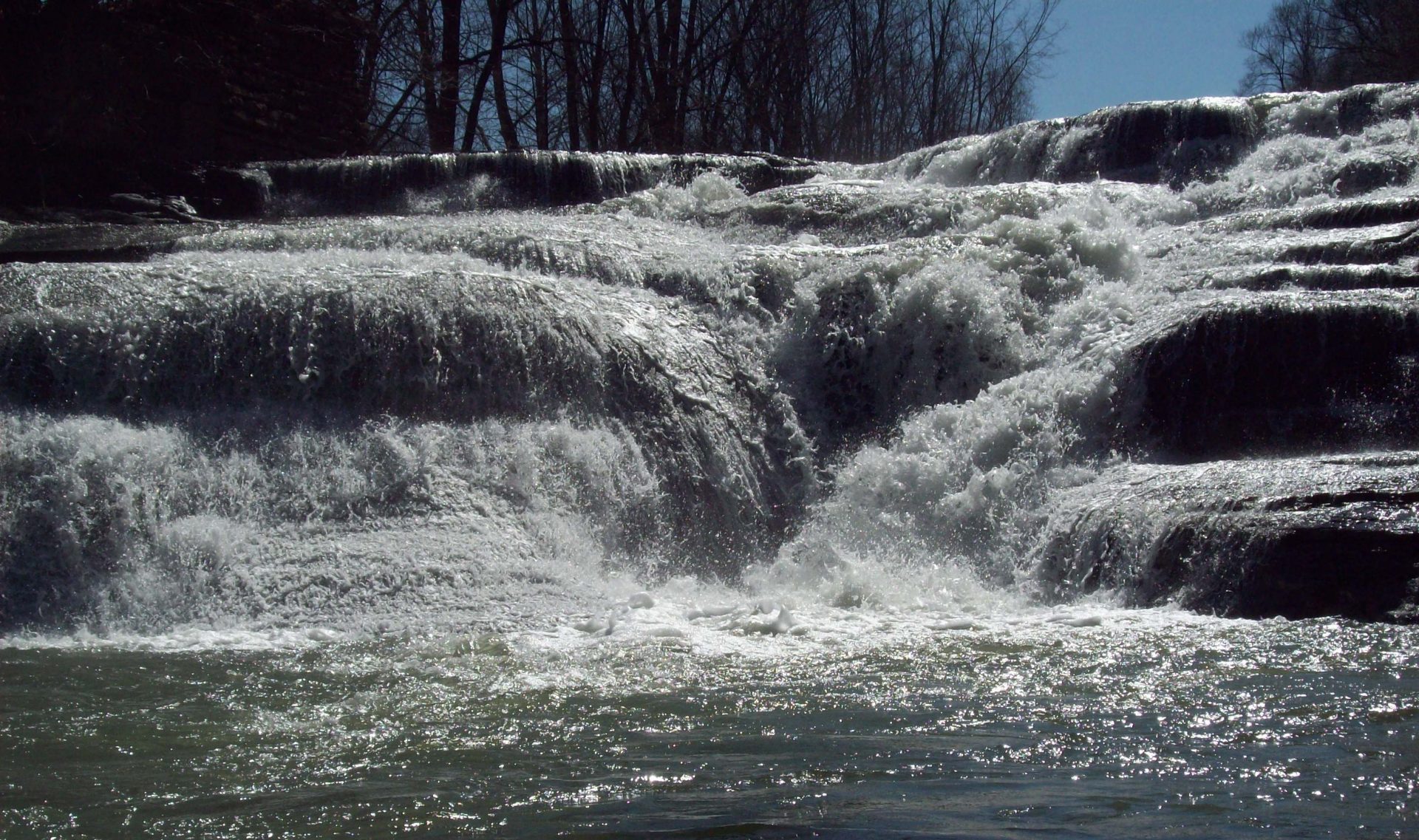By Rich Davenport, published February 23, 2022
Within the past several months, the issue of trail camera use and hunting has been taking center stage in several states across the US, as technological advances in this realm, coupled with increased hunter use, has some crying fair chase foul, both across the product spectrum, and those who specifically call out the smart trail cameras that can transmit images directly to an owner’s PC or smart phone.
While states like Arizona and Utah have made regulatory moves to restrict the use of these devices during an open big game hunting season, the Buckeye State has gone on record in declining to pursue regulating these products, at least not yet.
Ohio Division of Wildlife District 3 manager Scott Angelo told the Daily Record that the state has no official stance on the cameras. He did clarify, however, that the department regularly evaluates technology, so that could change in the future.
Local hunters who spoke with the Daily Record stated that while they understood the argument against trail cameras, they also wanted to avoid adding more regulation to the state’s hunting laws.
At issue are concerns many are taking with these very capable devices, and the wary approach being taken, as some view a potential unfair advantage is given to hunters over the game animals by using trail cameras, especially smart cameras, which would be in violation of fair chase concepts as prescribed in the North American Wildlife Conservation Model (NAWCM).
It would seem that the camera itself delivers great benefit to a hunter in terms of pre-season scouting, as today’s hectic lifestyle does diminish the time you can spend conducting the old school scouting during summer and early fall. However, trail cameras afford the hunter a glimpse at what animals may be frequenting your intended stand location, and even give some insight into when deer may be moving, to a degree. But trail cameras don’t show you the routes being traveled. They don’t point out how bucks are starting to mark their territory. A trail camera, in essence provides a degree of confidence that deer are in the area of where you intend to hunt, and what animals may be passing by.
The “smart” technologies that connect to cellular WWANs and transmit images or live video to the owner’s PC or smart phone, eliminating the need to visit the camera to extract the SD card and download images to see what is up, well, that can certainly raise questions of fair chase. Having to visit a camera puts you in the deer’s living room, and they have a chance to get a nose full of your scent or you could walk in at the wrong time and spook those animals. A smart trail camera requires no visitation to pull the data and view the images, resulting in a scent-free, disturbance free condition that some could view as a violation of fair chase. Use of these smart devices in critical areas, like watering holes or near food plots can give hunters a near real time update as to what animals are present immediately, and during the season this could act as an unfair surveillance and intel to act upon. This is a main reason why use during the season is being banned in Utah. Arizona sees the conflicts around the scarce and high demand watering holes, especially on public lands, where hunting pressure is fairly high, and that perceived unfair advantage is actually being brought to light by some hunters for whatever reasons they may have.
It is good to know that a state like Ohio, a state with a solid reputation for excellent deer management and deer hunting, has taken a “hands off” approach for now, as certainly much more is involved in scouting and hunting than having cameras providing a glimpse of activity in the woods. Although I can certainly see the concerns around smart cameras and their use during an open big game season, weighing the realities of what they actually deliver to hunters and how it impacts the hunt is what should be considered. Giving a hunter more confidence in a spot doesn’t change the fair chase conditions, but if the camera is used to signal a hunter via camera placement on a deer run, transmitting a motion triggered image to your phone while in the stand could be viewed similarly as one hunter on a two-way radio letting their hunting buddy know some deer are headed his or her way. But these cameras are stationary and not capable of following/ trailing or tracking deer from one part of their range to another. Lots of guess work and process of elimination still left to do.
21st century’s advances and impacts on hunting, like many other advances in firearms optics, laser range finders, projectile ballistics, faster bows, more accurate arrows due to newer materials, new designs for muzzleloaders, all of it, are constantly evolving and improving. These issues and advancements do require one to have a full understanding of the NAWCM, the 7 Sisters of Conservation, and adherence to fair chase in the face of ever-changing tools of the trade. We will keep our eyes on this and continue to provide you all important updates.



Excellent post. I definitely appreciate this website. Thanks!
Nice post i like it 100 %. I learn something new and challenging on sites I stumbleupon on a daily basis. Its always helpful to read through articles from other writers and use something from their web sites.